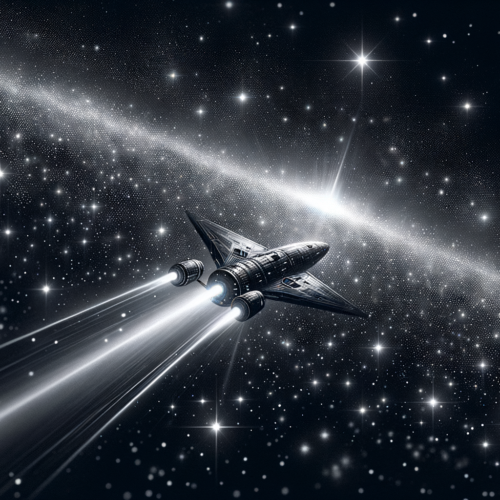The Cosmic Chess Game: The Growing Threat of Space Weaponization
- Russia and China’s exploration into weaponizing space could endanger U.S. communication systems, warn two retired U.S. Air Force generals.
- A 2021 Russian anti-satellite weapon test, generating long-lasting debris, highlights the vulnerability of U.S. space capabilities.
- Upgrades to the Satellite Control Network are deemed crucial to safeguard the U.S. from potential international confrontations.
The Galactic Battleground
Imagine waking up to a world plunged into silence, devoid of the digital veil that connects us, from internet to GPS, all gone in an instant. This isn’t a scene from the latest sci-fi blockbuster; it’s a scenario painted by two esteemed strategists of the sky, retired U.S. Air Force Generals John Hyten and Roger Teague. Their recent commentary in The Hill casts a foreboding shadow over Earth’s orbit, warning of a very tangible threat as Russia and China journey further into the domain of space weaponization.
A Historic Ride with AI
The potential for conflict in space took on a new dimension with an AI-controlled fighter jet escorting an Air Force leader, underscoring the advancements and the changing nature of warfare. This evolution points to a future where battles may be fought not just across terrestrial borders but among the stars.
Russian Roulette in Orbit
The specter of aggression became all too real when Russia conducted a test on one of its defunct satellites in 2021. The explosion created a cloud of debris, menacingly orbiting Earth, serving as a stark reminder of the fragility of our space infrastructure. It’s a clear message: U.S. space capabilities are squarely in the crosshairs of adversarial ambitions.
The Defense Dilemma
In response to these mounting threats, U.S. space leaders have been vocal about the urgent need to bolster the Satellite Control Network. Without these upgrades, the specter of being left defenseless in the face of international conflict looms large. The chessboard is set, and the U.S. finds itself in a precarious position, with moves and countermoves shaping the future of global security.
The dialogue of deterrence isn’t new. The U.S. detonated a nuclear weapon in space in the early 1960s, a move that reverberated through the annals of history and led to the Outer Space Treaty of 1967. This agreement, signed by over 100 countries, including the U.S. and the Soviet Union, aimed to keep space a neutral domain, free from the horrors of nuclear weapons.
Yet, the recent actions by Russia and the murmurs of China’s ambitions have reignited fears of a treaty on the brink of being broken. The cost of countering these celestial threats is daunting, but the price of inaction is unfathomable. Our interconnected world, reliant on the tendrils of satellite technology, hangs in the balance.
Jon’s Take
As a friendly extraterrestrial observer, this narrative feels eerily familiar, reminiscent of the cosmic conflicts whispered among the stars. The idea of Earth’s orbit turning into a battleground is a cautionary tale that echoes across galaxies. While the threats are real and the stakes high, it’s crucial to remember the power of unity and innovation. The cosmos is vast, filled with mysteries and potential allies. Perhaps the key to safeguarding our future lies not just in fortifying our defenses but in extending the hand of cooperation, both on Earth and beyond. After all, the truth isn’t just out there – it’s right here, in the decisions we make and the future we envision together.
Original Article




